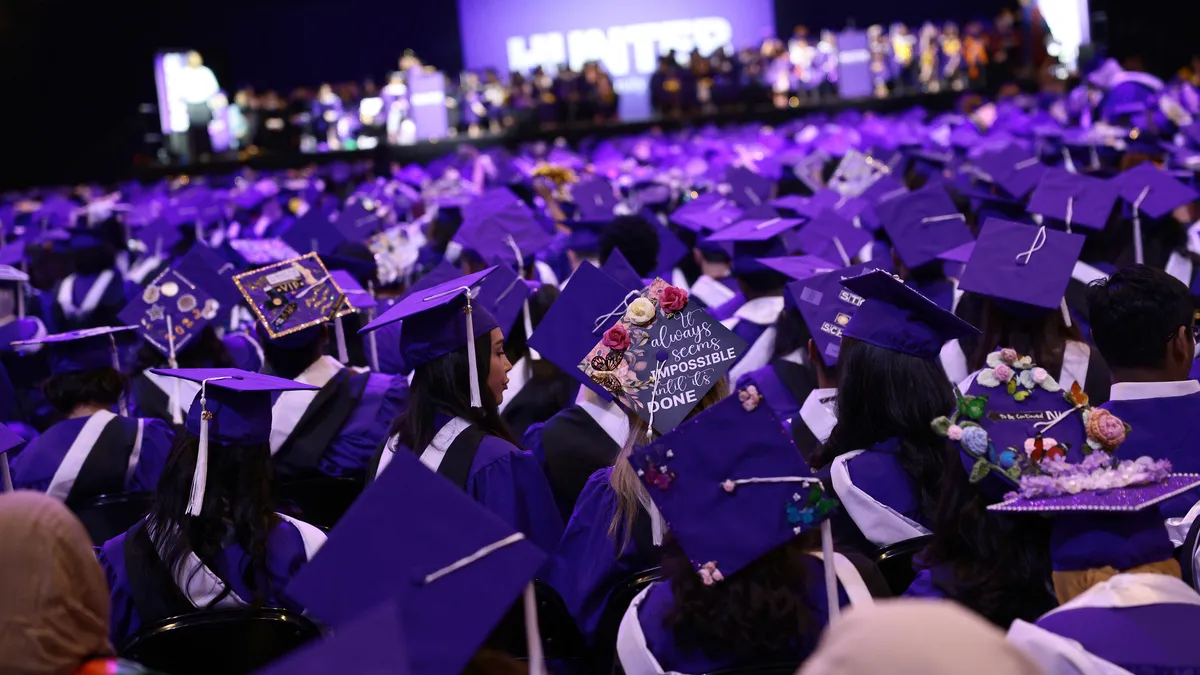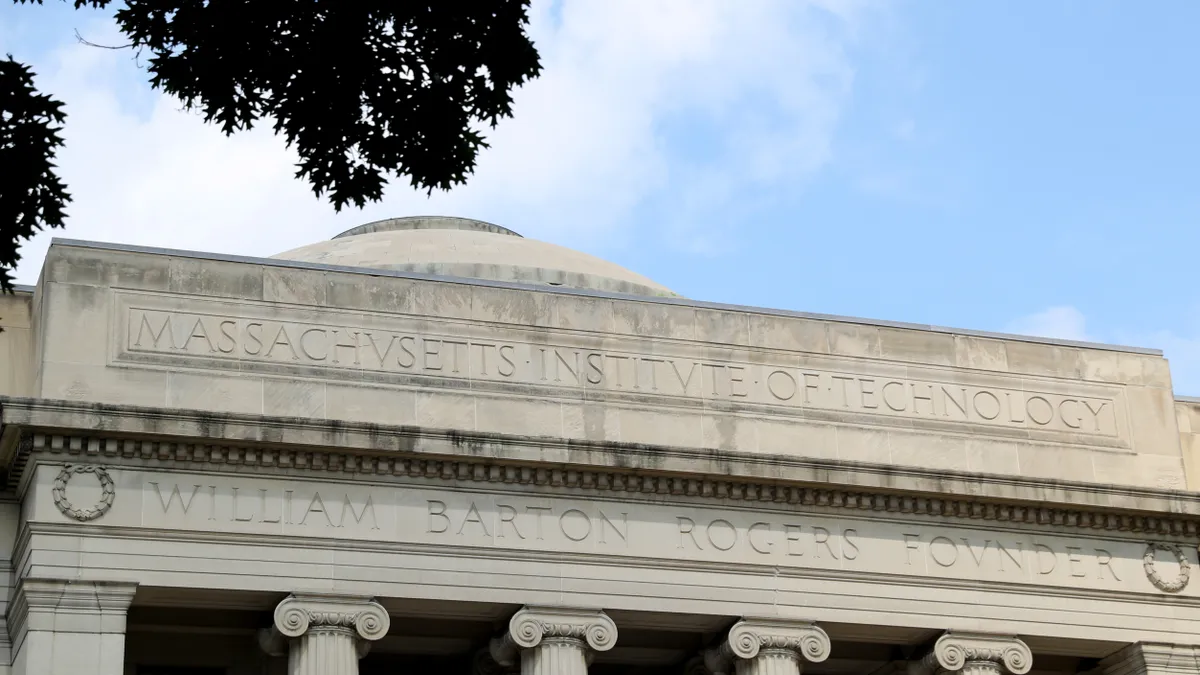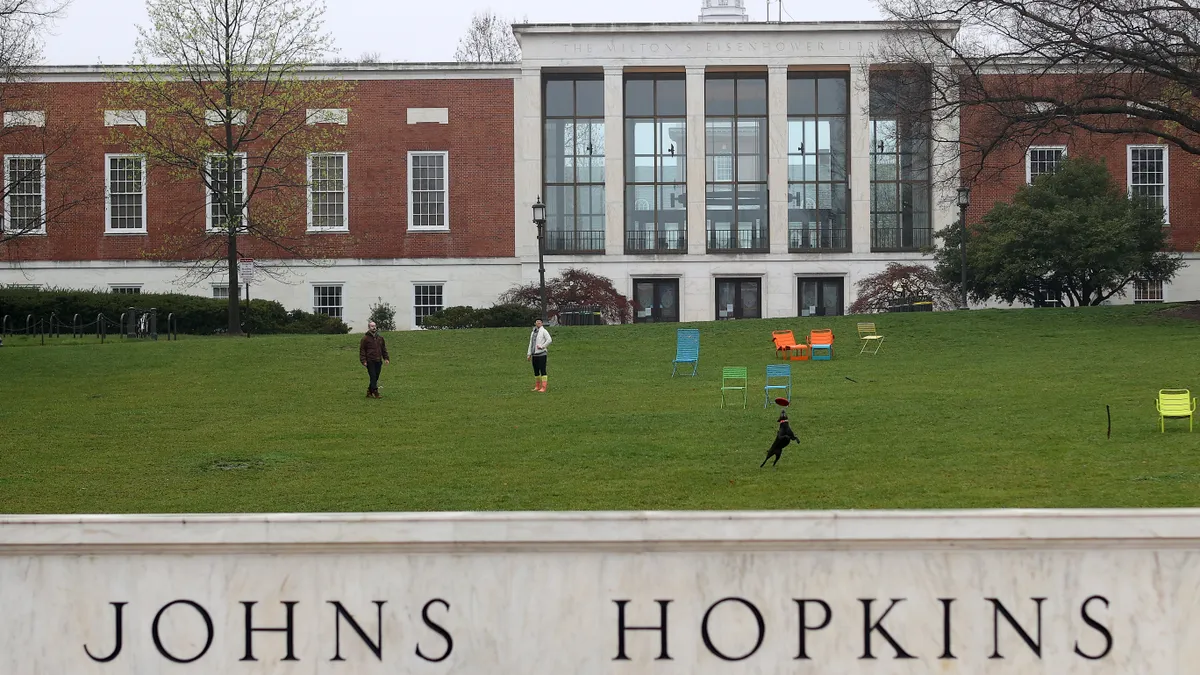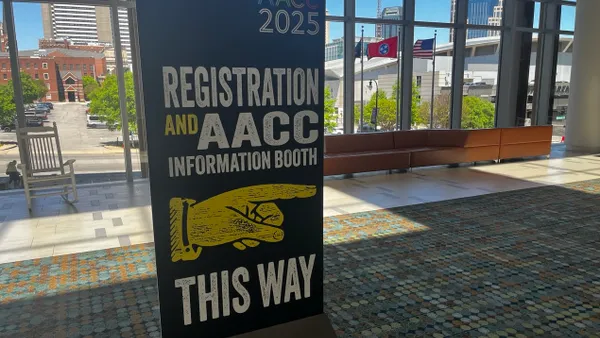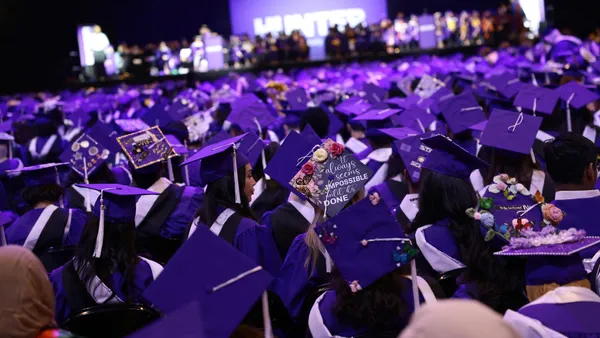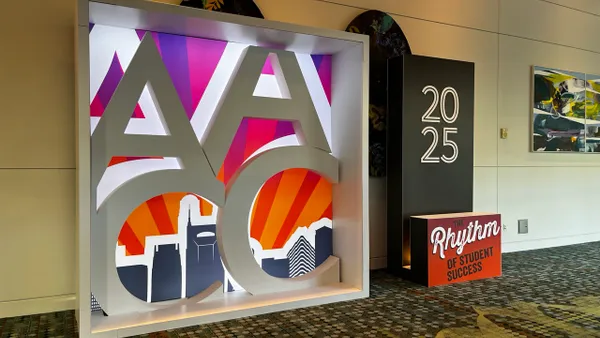Dive Brief:
- Completion rates ticked up to 61.1% for students who entered college in fall 2018, a 0.5 percentage-point increase compared to the previous cohort, according to data released Wednesday by the National Student Clearinghouse Research Center.
- The increase marks the highest six-year completion rate since 2007 when the clearinghouse began tracking the data. The growth was driven by fewer students stopping out of college, as well as completion gains among students who started at public two-year colleges.
- “Higher completion rates are welcome news for colleges and universities still struggling to regain enrollment levels from before the pandemic,” Doug Shapiro, the research center’s executive director, said in a statement dated Wednesday.
Dive Insight:
The completion rate data comes as colleges deal with a murky enrollment picture.
Overall undergraduate enrollment increased 3% in fall 2024 over last year, thanks largely to continuing and returning students, according to preliminary data released by the clearinghouse in October. However, the clearinghouse’s early data also found a concerning drop among 18-year-old first-year students, a proxy for students enrolling in college directly after high school.
An analysis Monday from the clearinghouse — which is based on a larger number of colleges reporting their enrollment figures than the October report — found that enrollment among this group declined 5% in fall 2024 compared with the year before. The National College Attainment Network commissioned the analysis.
Yet the new completion data suggests at least some positive momentum for the sector.
“Even as fewer students are starting college this fall, more of those who started back in 2018 have stayed enrolled through to the finish,” Shapiro said in the Wednesday statement.
National completion rates reached their highest level since 2007
Completion rates improved the most among students who began at two-year public colleges, rising to 43.4% for the 2018 cohort. That’s up 1.2 percentage points from the prior cohort.
Students who began at four-year public colleges also saw gains, with the 2018 cohort’s completion rate reaching 70.7%, a 0.2 percentage point increase over the prior cohort.
However, not all institution types enjoyed increases.
Completion rates at four-year private nonprofits declined to 75.5% for the students who entered college in 2018, down 0.5 percentage points from the previous cohort.
Rates fell more steeply at four-year for-profits — which already have a much lower completion rate — from 38.3% for the 2017 cohort to 35.9% for the 2018 cohort. That represents a 2.4 percentage point decline.
The data also shows marked differences in completion rates between students from the highest- and lowest-income neighborhoods. For the 2018 cohort, just 48.2% of students from the lowest-income neighborhoods graduated within six years. That’s compared with 75.8% of students from the highest-income neighborhoods.
“This is a highly stable predictor of completion rates,” Shapiro said during a call with reporters on Tuesday. “At every income level, and in every year since 2010, students from more affluent neighborhoods had sharply higher completion rates than those from lower-income backgrounds.”
Shapiro pointed to some slight narrowing in those trends, however. For the 2010 cohort, the completion rate gap between students from the highest- and lowest-income neighborhoods was 29.8 percentage points. It has since shrunk to 27.6 percentage points.
The 2018 cohort contributed to that trend. Completion rates for students from the lowest-income neighborhoods jumped 1.3% compared to the prior cohort.
The report also highlighted increased completion rates among dual enrollment students — those who had taken college classes during high school.
Among the 2018 cohort, students with dual enrollment experience showed a six-year completion rate of 71.1%. That’s compared with a completion rate of 57.4% among students without that experience.
Clearinghouse researchers improved the methodology to produce this year’s report, officials said. As a result, they revised completion rates for prior years slightly downward, though officials noted that overall trends have remained the same.
Editor’s note: The National Student Clearinghouse Research Center announced Jan. 13 that a methodology error led to incorrect figures for first-year students in its preliminary enrollment data for fall 2024. Further research from the clearinghouse shows that first-year enrollment increased.



